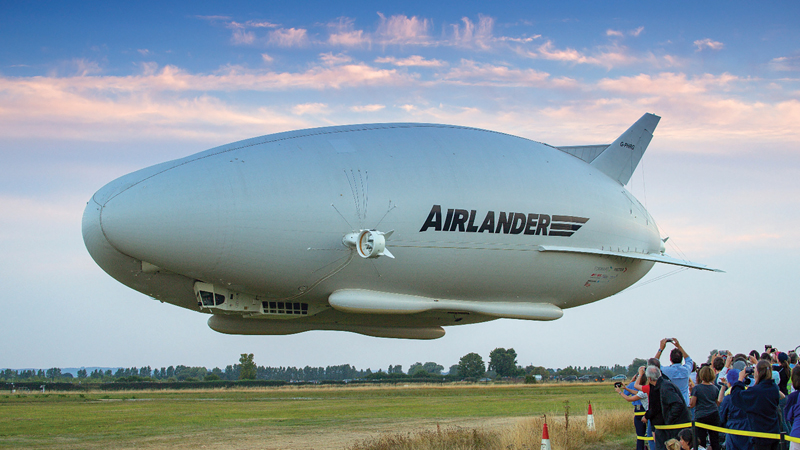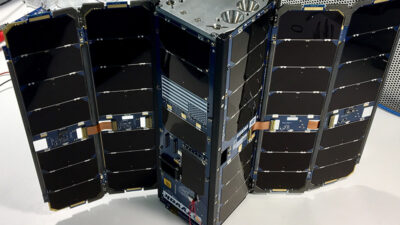Strategic year for resumption of lunar missions and beyond
By Giang Lam and Jeremiah McNatt|December 2022
The Aerospace Power Systems Technical Committee focuses on the analysis, design, test or application of electric power systems or elements of electric power systems for aerospace use.
In November, NASA’s Cislunar Autonomous Positioning System Technology Operations and Navigation Experiment orbiter arrive in its planned near-rectilinear halo orbit around the moon, the same orbit planned for NASA’s lunar Gateway outpost under the Artemis program. After launch by a Rocket Lab Electron rocket in June, the spacecraft began spinning in September during its course correction maneuvers toward the moon, which mission controllers later determined was likely due to a partially stuck open valve on one of eight thrusters. Controllers regained attitude control in October after sending recovery commands, and began developing a more permanent workaround fix for the anomalous thruster to reduce future maneuver risks.
NASA’s Space Launch System rocket launched in November to begin the unoccupied Artemis mission around the moon. As part of Artemis I, launch countdown of the Orion spacecraft with the European Service Module started in August at Cape Canaveral, Florida. Two launch attempts in August and September were scrubbed due to hydrogen leaks. This inaugural uncrewed flight around the moon, scheduled to conclude in December, will gather data on the performance of the overall systems from launch to splashdown and will help to evaluate the human experience, including acceleration, vibration and radiation, for future missions to the moon. The electrical power source on Orion’s European Service Module consists of four solar array wings, each with two-axis sun tracking, comprised of three solar panels per wing. The solar array wings provide approximately 11.2 kilowatts of total power at 120 volts.
In August, NASA’s Glenn Research Center in Cleveland completed integration of the Photovoltaic Investigation on the Lunar Surface platform onto the Pennsylvania-based Astrobotic Technology’s Peregrine lander in preparation for environmental tests. The Peregrine lander is now scheduled for launch in 2023 under NASA’s Commercial Lunar Payload Services program. The PILS platform includes multiple solar cell technologies from various vendors that could be used for future lunar missions and a solar charging experiment to shape design considerations of high voltage solar arrays on the moon. The Peregrine lander is expected to operate for about 260 hours (10-12 Earth days) after landing on the moon.
In August, NASA selected Astrobotic, Honeybee Robotics of Brooklyn and Lockheed Martin to further advance work on vertically deployable and retractable 10-kW solar arrays that would help power the agency’s human and robotic exploration of the moon. The agency awarded a total of $19.4 million to the three companies to build prototypes and perform environmental testing, with the goal of deploying one of the vertical solar arrays near the moon’s south pole near the end of this decade.
In September, NASA’s Double Asteroid Redirection Test spacecraft impacted its asteroid target, Dimorphos. Earlier that month, DART captured its first image of the asteroid from the onboard camera payload, DRACO, short for Didymos Reconnaissance and Asteroid Camera for Optical navigation. Also mounted on the DART spacecraft was LICIACube, the Light Italian CubeSat for Imaging of Asteroids. This satellite separated before impact to record DART smashing into the asteroid and sent the footage back to Earth.



































